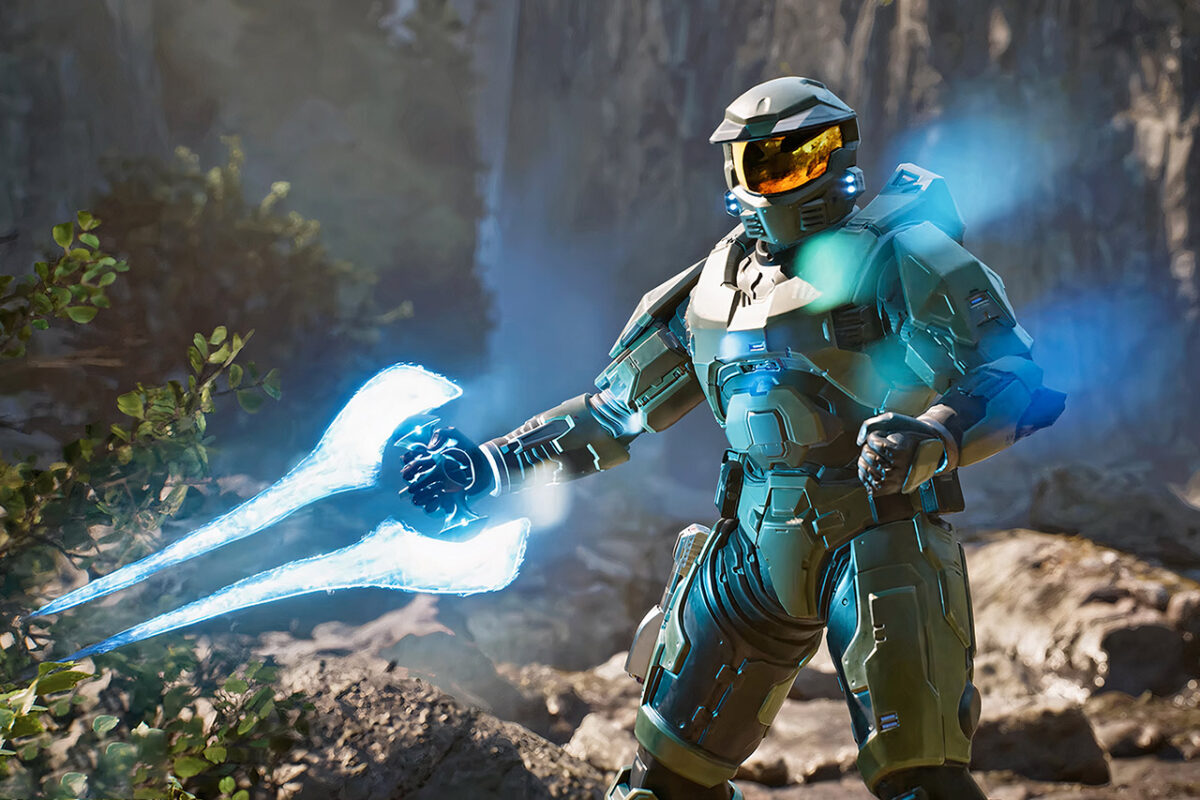The Halo series stands as one of the most iconic franchises in the realm of video gaming, known for its expansive universe, captivating storylines, and innovative gameplay mechanics. The responsibility for continuing this legacy has primarily rested on the shoulders of 343 Industries, a division of Xbox Game Studios. Established in 2007, 343 Industries has been pivotal in not only preserving the Halo franchise but also in expanding it into new realms. This blog post delves into the history of 343 Industries, examines its role in the development of the Halo series, and speculates on the future trajectory of the franchise.

The Birth of 343 Industries
The formation of 343 Industries marked a significant turning point in the history of the Halo franchise. Prior to its establishment, the series was developed by Bungie, a studio credited with creating the original trilogy—Halo: Combat Evolved, Halo 2, and Halo 3. These games not only shaped the first-person shooter (FPS) genre but also laid the foundation for Xbox Live multiplayer experiences.
In 2007, Microsoft acquired the rights to the Halo franchise from Bungie, which had opted to focus on new projects. Acknowledging the need for an internal team to steward the Halo universe, Microsoft created 343 Industries. Named after the character 343 Guilty Spark—a monitor AI from the original trilogy—this new studio was tasked with carrying forth the Halo legacy, ensuring the series remained a flagship title for Xbox platforms.
343 Industries: The Evolution of Halo
Halo 3: ODST and Halo: Reach
While 343 Industries didn’t take the reins until later, Bungie’s final titles—Halo 3: ODST (2009) and Halo: Reach (2010)—set the stage for 343’s future endeavors. Halo: Reach, in particular, was a prequel that provided rich narrative depth to the universe, exploring the fall of Reach and the events leading up to Halo: Combat Evolved. Although developed by Bungie, these titles helped lay the groundwork for the extensive lore and character development that 343 Industries would expand upon in subsequent titles.
Halo 4: A New Beginning
In 2012, 343 Industries launched Halo 4, marking not just its first full-fledged entry into the series but also the beginning of a new story arc dubbed the “Reclaimer Saga.” With Halo 4, 343 aimed not only to honor the legacy of Bungie’s work but also to innovate. The game introduced players to new gameplay mechanics, enhanced graphics, and a deeper character focus, particularly on Master Chief and his AI companion, Cortana.
Critically acclaimed, Halo 4 redefined the series for a new generation, using a compelling narrative and emotional depth to explore the relationship between humanity and its technology. However, it also stirred debate among longtime fans regarding its gameplay direction and design choices. Despite the mixed reception, Halo 4 undeniably re-established Halo as a vital franchise in the gaming landscape.
The Evolution of Multiplayer: Halo: The Master Chief Collection
In its bid to preserve the history and legacy of the series, 343 Industries also undertook the ambitious project of Halo: The Master Chief Collection in 2014. This compilation brought together remastered versions of the core Halo experiences, from Halo: Combat Evolved to Halo 4, along with the inclusion of their multiplayer components. The collection aimed not only to serve nostalgic fans but also to present the franchise’s evolution in a unified format. However, its launch faced significant technical issues, leading to a rocky start that required extensive patches and community engagement to rectify.
Halo 5: Guardians and Its Controversies
In 2015, 343 Industries released Halo 5: Guardians, which expanded on the gameplay mechanics introduced in Halo 4 but shifted focus from Master Chief to include Spartan Locke as a playable character. This decision, along with a narrative that diverged from the expectations set by Halo 4, received mixed reviews. While many praised the multiplayer aspect and gameplay enhancements, some fans expressed disappointment at the plot’s execution and the perceived lack of Master Chief’s screen time. The game’s ambitious multiplayer experience, however, was well received, suggesting that 343 Industries was successfully catering to a competitive gaming audience.
The Return to Form: Halo Infinite
The anticipation surrounding Halo Infinite was palpable in the gaming community leading up to its release in December 2021. Originally announced in 2018, the game underwent several developmental challenges and delays, leading to substantial criticism of its graphical fidelity during its first reveal. In response, 343 Industries took feedback seriously and engaged with the community, ultimately pivoting their approach.
Halo Infinite was positioned as a “spiritual reboot,” combining the franchise’s traditional elements with new open-world gameplay dynamics. The campaign featured Master Chief grappling with new threats while building on beloved lore. The game’s free-to-play multiplayer segment was seen as a strategic move to re-engage both veteran players and new audiences alike. While Halo Infinite received mixed reviews, with particular praise for its multiplayer experience and criticism directed at its campaign structure, it marked a renewed effort by 343 Industries to harness the essence of what made Halo great while adapting to contemporary gaming trends.

Looking to the Future
As we look ahead, the future of 343 Industries and the Halo franchise feels both promising and uncertain. The studio has indicated plans for post-launch support for Halo Infinite, emphasizing community-driven content and regular updates. However, the challenges of development cycles, fan expectations, and the rapidly evolving gaming landscape present unique obstacles.
Expanding the Halo Universe
Beyond traditional gaming, there is potential for the Halo franchise to explore new mediums. The recent adaptation of Halo into a television series by Paramount+ illustrates the franchise’s adaptability and broad appeal. As cross-platform integrations and storytelling develop, 343 Industries may explore deeper lore connections, animated series, or interactive experiences that can engage fans in new ways.
Community Engagement and Feedback
One crucial lesson from the recent past is the importance of community engagement. 343 Industries has made strides in addressing player feedback, but continuous communication will be paramount for rebuilding trust within the fanbase. The developers’ willingness to listen, learn, and adapt will play a significant role in the success of forthcoming projects.

Embracing Innovation
To stay ahead in a competitive market, 343 Industries must continue to innovate gameplay mechanics while retaining the core aspects that define Halo. The rise of emerging technologies, such as virtual reality (VR) and augmented reality (AR), could reimagine player experiences and make the game world even more immersive. The integration of AI-driven gameplay elements may also enhance single-player narratives and multiplayer competitiveness.
The journey of 343 Industries through the Halo series has been one of highs and lows, marked by innovation, community response, and a deep commitment to the franchise’s legacy. From the ambitious launch of Halo 4 to the mixed reception of Halo 5 and the return to form with Halo Infinite, the studio has learned valuable lessons about balancing legacy with forward-thinking creativity.
As the franchise moves into the future, fans can expect an evolving narrative and gameplay experience that respects the past while boldly exploring new territories. The enduring appeal of Halo, coupled with 343 Industries’ ongoing dedication, suggests that the franchise will remain a cornerstone of the gaming industry for years to come. The history of 343 Industries is still being written, and the potential for what lies ahead invites both excitement and intrigue.
